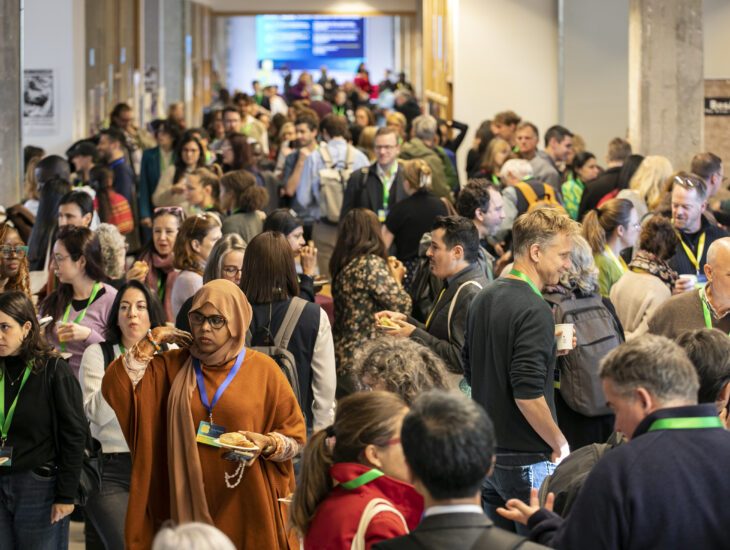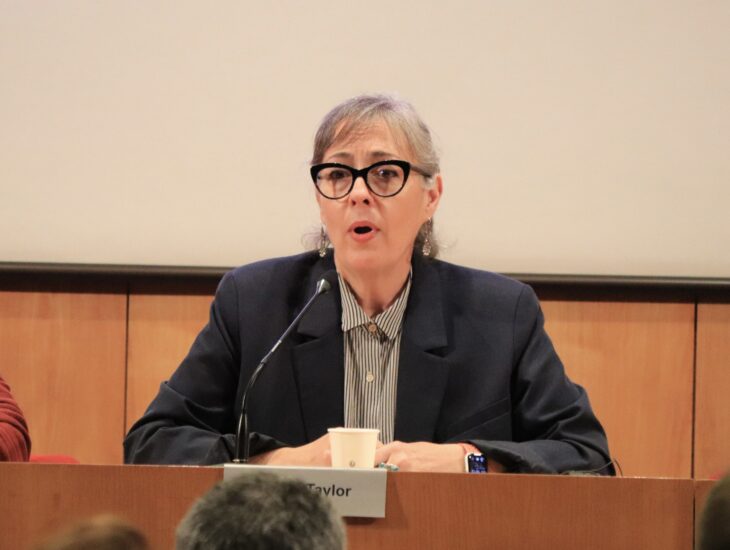The seminar Drugs, Policies and Violence: From the Global Consensus to New Approaches, organized by ICIP and Casa Amèrica Catalunya, gathered some twenty European and American experts and a hundred attendees to reflect on the various types of violence caused by drug trafficking and the war on drugs, and to analyze the risks and opportunities of market regulation.
The seminar addressed issues such as the historical perspective in drug control, new policies in the field that transcend prevailing prohibitionism, drug money and its circuit in the world economy, drug trafficking and the capture of the state, the violence caused by drug policies, and, lastly, drugs in cities. The final roundtable, in which ten of the invited speakers participated, reached the conclusion that drug policy reform is necessary in order to reduce the high level of violence currently generated by drug trafficking and its persecution, especially in countries in Latin America such as Colombia, Brazil and Mexico.
“We must move towards a legal framework that is totally different from prohibitionism because this model has failed,” says Araceli Manjón-Cabeza, a professor at Madrid’s Complutense University. Constanza Sánchez of the International Center for Ethnobotanical Education, Research & Service agrees that “reform is an opportunity for society; we need a strategic public policy aimed at reducing the damage caused by drugs.”
Analysis of the various types of violence
Many of the speakers, such as Ana Lilia Pérez and Lisa Sánchez from Mexico, Brazilian police commissioner Orlando Zaccone, and Colombian professors Rodrigo Uprimny and Luis Jorge Garay, underscored the many types of violence generated by drug trafficking and, especially, the high level of violence perpetrated by the state to repress the drug trade and criminal organizations. “For an illegal trade to set up in a country there must be violence and corruption,” says Uprimny. In Colombia, Professor Garay defines this corruption as “institutional co-option,” the infiltration of criminal organizations among state agents and public and private institutions. This is also the case in Mexico, where journalist Ana Lilia Pérez notes that the climate of corruption leads to the penetration of formal financial and business circuits, such as the oil industry, by drug cartels. “Dirty money has permeated the economy with the presence of corporate criminal groups,” says Pérez. For her part, Lisa Sánchez, director of Mexico United Against Delinquency, claims that in Mexico there is more violence perpetrated by the war against drug trafficking than by the criminal networks themselves. “The Mexican State has become fierce in its persecution of drug-related crime. Mexico has declared a war on drugs yet the ones they wage war against the least are the drug cartels.”
In fact, a shared view is that the war against drug trafficking affects the weakest actors in the network. “South America is the region of the world that has paid the highest costs in this useless fight against drugs, which has been tough on the weak and weak on the tough. The lowest echelons must be decriminalized and the highest echelons, criminalized,” says former Colombian President Ernesto Samper. “Who wins with the illegality of this business? The white-collar criminals always win,” notes Ana Lilia Pérez. In Mexico, since the beginning of the war on drugs ordered in 2006 by President Felipe Calderón, “drug trafficking organizations have gone up from 12 to 240. Sixty percent are engaged in contract killings,” said Lisa Sánchez. Meanwhile, in Brazil, where 90 percent of prisoners are in jail for trafficking in only one gram of drugs, “prisons, where four inmates die every day, are a killing machine,” denounced Brazilian commissioner Orlando Zaccone.
Overcoming prohibitionism
In this scenario of violence, most of the speakers declared to be in favor of new policies that would overcome current prohibitionism. “The regulation of drugs would imply a decrease in forceful violence in the short and medium term,” says Rodrigo Uprimny, who also warns against the risk entailed by limiting legalization to cannabis. “The worst system is what we have now, in which control is exercised by the drug traffickers,” says Araceli Manjón-Cabeza.
The results of cannabis regulatory experiences in countries such as Uruguay and Portugal were compared in the seminar. “The Cannabis Law has allowed us to more effectively pursue drug trafficking,” explains Augusto Vitale, former director of the Institute for Cannabis Control and Regulation in Uruguay. And he adds that the regulation of cannabis is based on general interest and public health concerns, and that consumption has not drastically increased.
For his part, the Assistant Director of Drug Addictions of the Generalitat, Joan Colom, defended an intermediate regulating model, a “coordinated regulation” that would allow more transparency, less stigmatization and less of a police and judicial burden.
At the other extreme, David Murray, co-director of the Substance Abuse Investigation Center of the Hudson Institute in the United States spoke in defense of the prohibitionist model. “The vagueness of decriminalization proposals is worrying. The commercial legalization of marijuana in the United States has led to astronomical effects of prevalence, which will create a catastrophic problem. Decriminalization will only make matters worse,” he said.
26.01.2018




